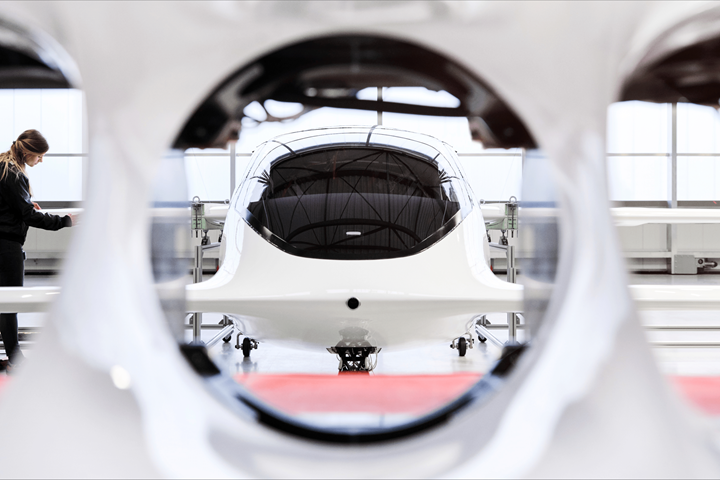FAA issues G-1 certification basis for Lilium Jet
G-1 award confirms Lilium’s strategy of pursuing dual certification of the composite Lilium Jet, with EASA type certification anticipated for late 2025.
Lilium N.V. (Munich, Germany), developer of the all-electric vertical takeoff and landing (eVTOL) Lilium Jet, has received the Federal Aviation Administration (FAA) G-1 certification basis necessary for type certificate validation of its aircraft by the FAA. In 2020, Lilium’s primary airworthiness authority, the European Union Aviation Safety Agency (EASA), issued its certification basis for the composites-intensive Lilium Jet.
To enable global operations, Lilium is pursuing concurrent certification of the Lilium Jet through validation by the FAA under the provisions of the Bilateral Aviation Safety Agreement between the EU and U.S. Lilium says it is one of a few eVTOL companies seeking dual certification in the EU and the U.S. and claims that it is currently the only company holding both an EASA and FAA certification basis for a powered lift eVTOL aircraft.
Since its founding, Lilium has focused on ensuring that its design, engineering and business operations align with the rigorous safety standards and certification procedures to achieve global acceptance. Both certification bases result from a collaborative relationship Lilium has established over the years under the leadership of Lilium’s experienced senior aerospace engineers who have developed and delivered successful and complex aircraft.
“We are the first powered lift eVTOL pioneer in our industry holding a certification basis from EASA and the FAA,” Alastair McIntosh, Lilium chief technology officer (CTO) emphasizes. “This is a major step towards our goal of achieving early certification of our aircraft in key markets to support a worldwide entry into service. As per FAA practice, there will now be a collaborative process where Lilium and EASA provide feedback to the FAA before the G-1 is issued for public consultation.”
Global operations for the company’s Lilium Jet are expected to start in late 2025.
Read about Lilium’s other latest developments, “Lilium receives capital raise, enters Lilium Jet for wind tunnel testing.”
Related Content
-
Materials & Processes: Fabrication methods
There are numerous methods for fabricating composite components. Selection of a method for a particular part, therefore, will depend on the materials, the part design and end-use or application. Here's a guide to selection.
-
Composites end markets: Aerospace (2023)
With COVID in the past and passengers flying again, commercial aircraft production is ramping up. The aerocomposites supply chain is busy developing new M&P for an approaching next-generation aircraft program.
-
Materials & Processes: Fibers for composites
The structural properties of composite materials are derived primarily from the fiber reinforcement. Fiber types, their manufacture, their uses and the end-market applications in which they find most use are described.

















